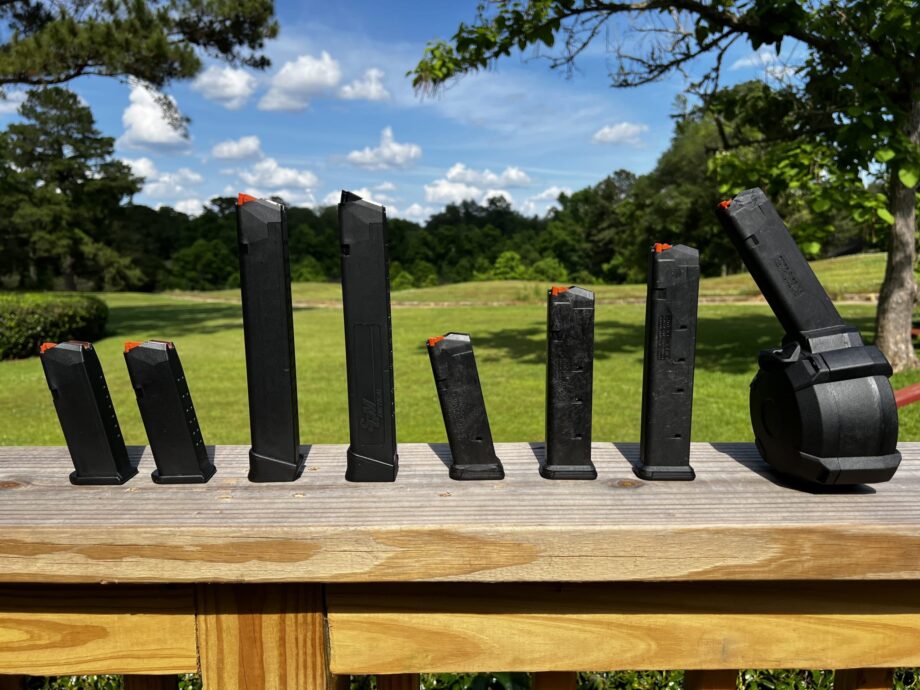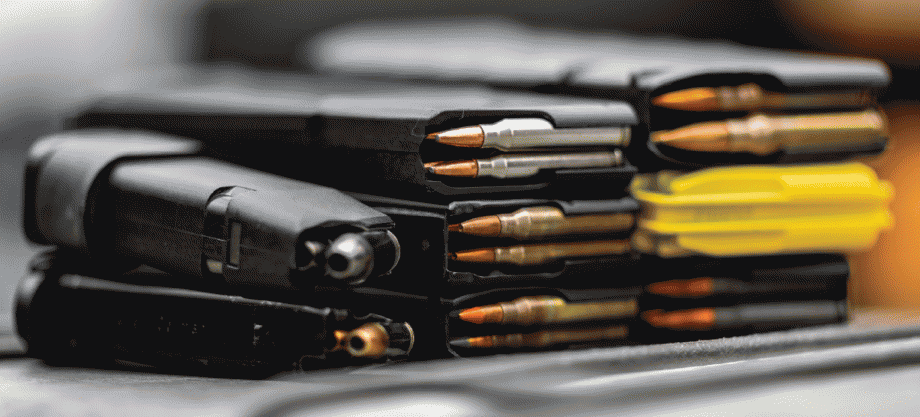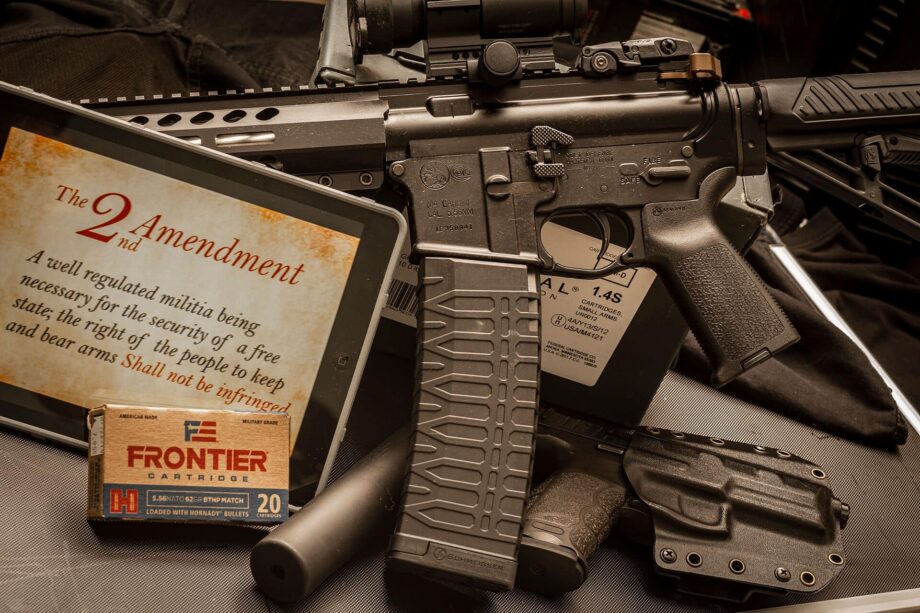0
Author’s articles
![Top 3 Best Ruger 10/22 Magazines [Updated 2022]](https://themagshack.com/wp-content/uploads/2021/01/banner-best-10-22-magazines-920x377.jpg) Top 3 Best Ruger 10/22 Magazines [Updated 2022]
Top 3 Best Ruger 10/22 Magazines [Updated 2022]
There aren’t many firearms that are more fun to learn with and shoot than the Ruger 10/22 .22LR rifle.
It’s one of the most versatile rimfire rifles...
Learn more
 Best GLOCK 19 Magazines [2024 Buyer’s Guide]
Best GLOCK 19 Magazines [2024 Buyer’s Guide]
With hundreds of aftermarket options (and more on the way), it can be tricky figuring out which magazine is best for your G19 pistol.
Learn more
![What Is the Best Glock for You? [Updated 2024 Guide]](https://themagshack.com/wp-content/uploads/2021/01/banner-best-glock-for-you-2021-920x377.jpg) What Is the Best Glock for You? [Updated 2024 Guide]
What Is the Best Glock for You? [Updated 2024 Guide]
When buyers are in the market for semi-automatic pistols, one of the first names that always comes to mind is Glock. For decades now,...
Learn more
 How to Buy Gun Magazines
How to Buy Gun Magazines
WANT TO LEARN HOW TO BUY GUN MAGAZINES? START HERE.
In the first half of 2020 – despite the COVID-19 pandemic – more than 2 million Americans have purchased...
Learn more
 The Schmeisser S60 60 Round AR-15 Magazine Review
The Schmeisser S60 60 Round AR-15 Magazine Review
Yes, 30 rounds is standard capacity. But you have every right to have more than that on tap in a given session. Plenty of magazines exist out...
Learn more
 C Products Defense Launches Duramag
C Products Defense Launches Duramag
History
C Products Defense is a firearm magazine manufacturing company based out of Bradenton, Florida. Founded in 2011, they...
Learn more
 Surefeed E2 Magazine Review
Surefeed E2 Magazine Review
A little history on the standard 30-round AR magazine
Okay Industries co-developed the 30-round aluminum AR15/M16 magazine in the late 60s/early...
Learn more
